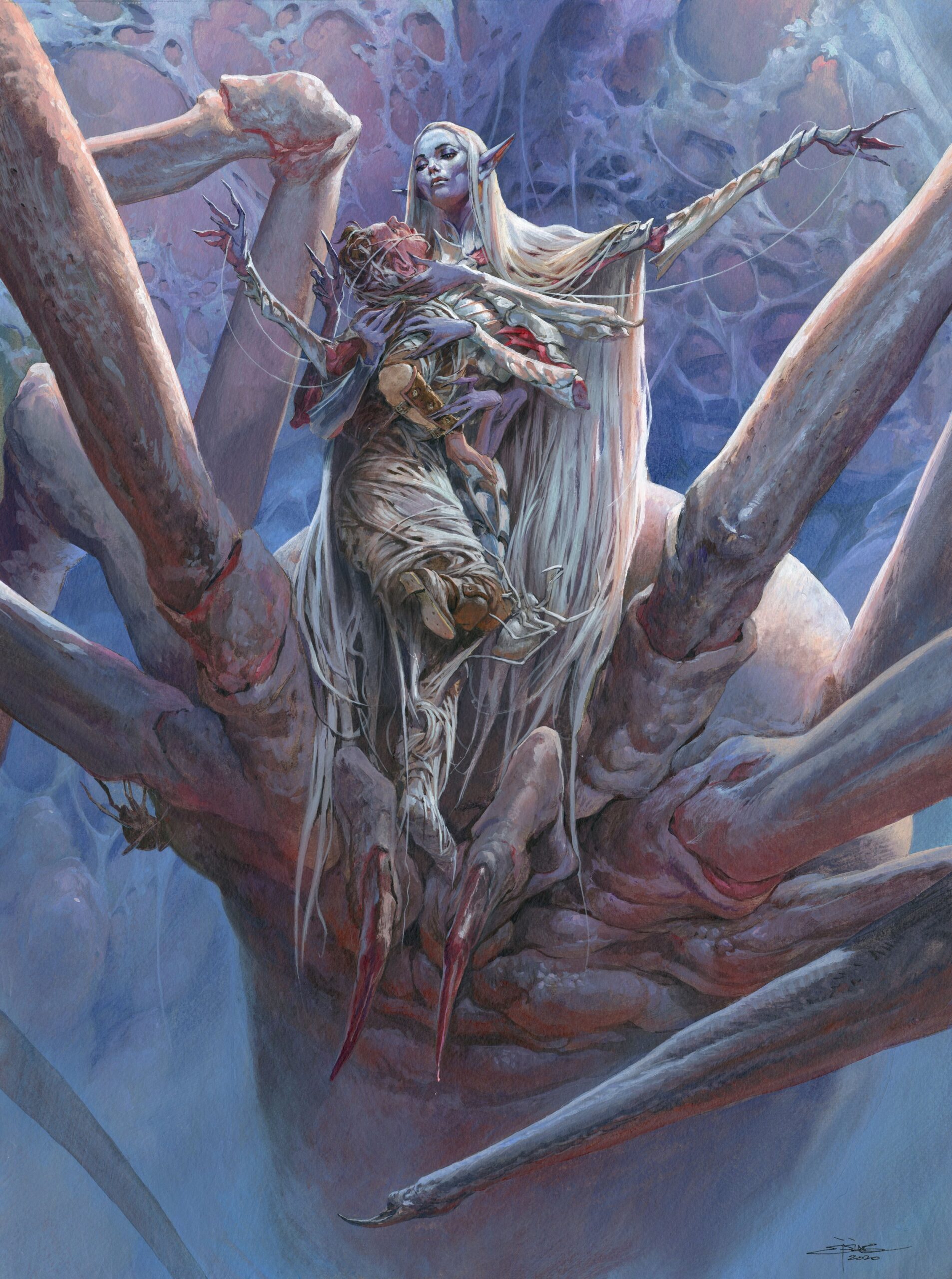Commander Canvas: Jesper Ejsing
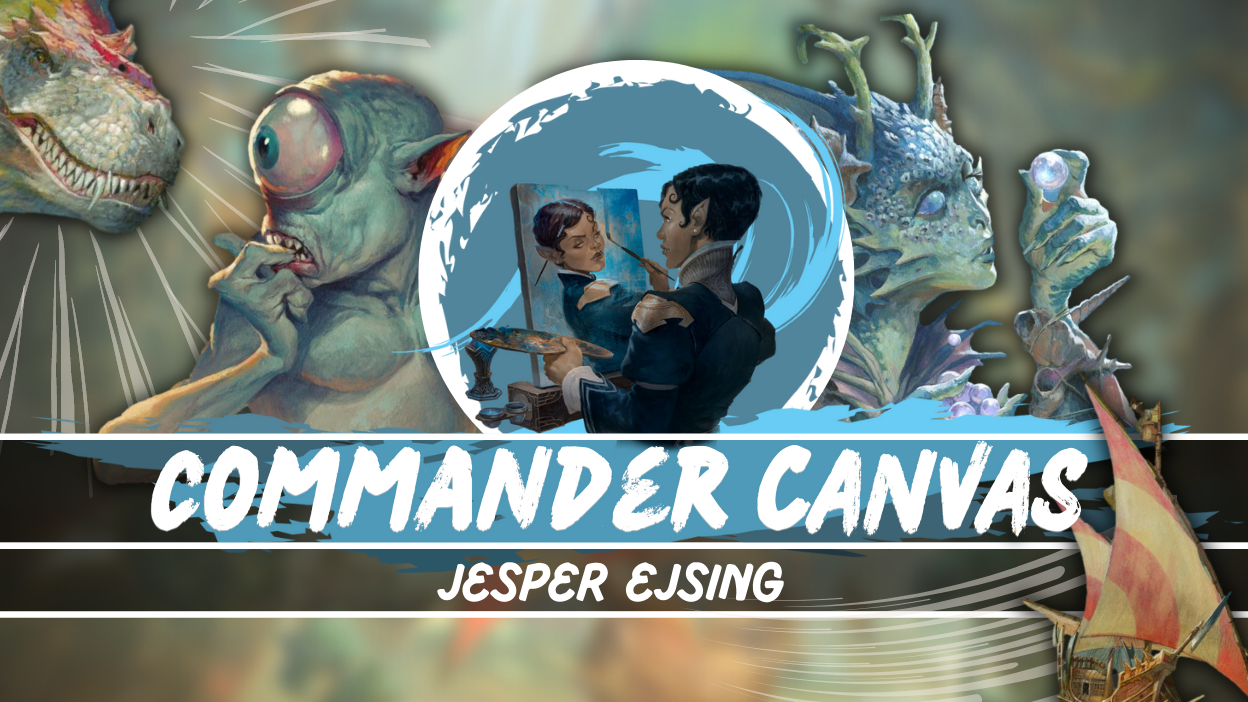
Painting Commander
There have been more than 400 artists who have illustrated a Magic: the Gathering card. Many of them view the game as more than just a client, however. Of those artists, dozens are also avid Commander players. On this week's Commander Canvas, we chat with Jesper Ejsing, an artist responsible for more than 200 cards, tokens, schemes
Previous entries in Commander Canvas feature Evyn Fong, Jehan Choo, Ovidio Cartagena and Rope Arrow.
Needs More Spikes
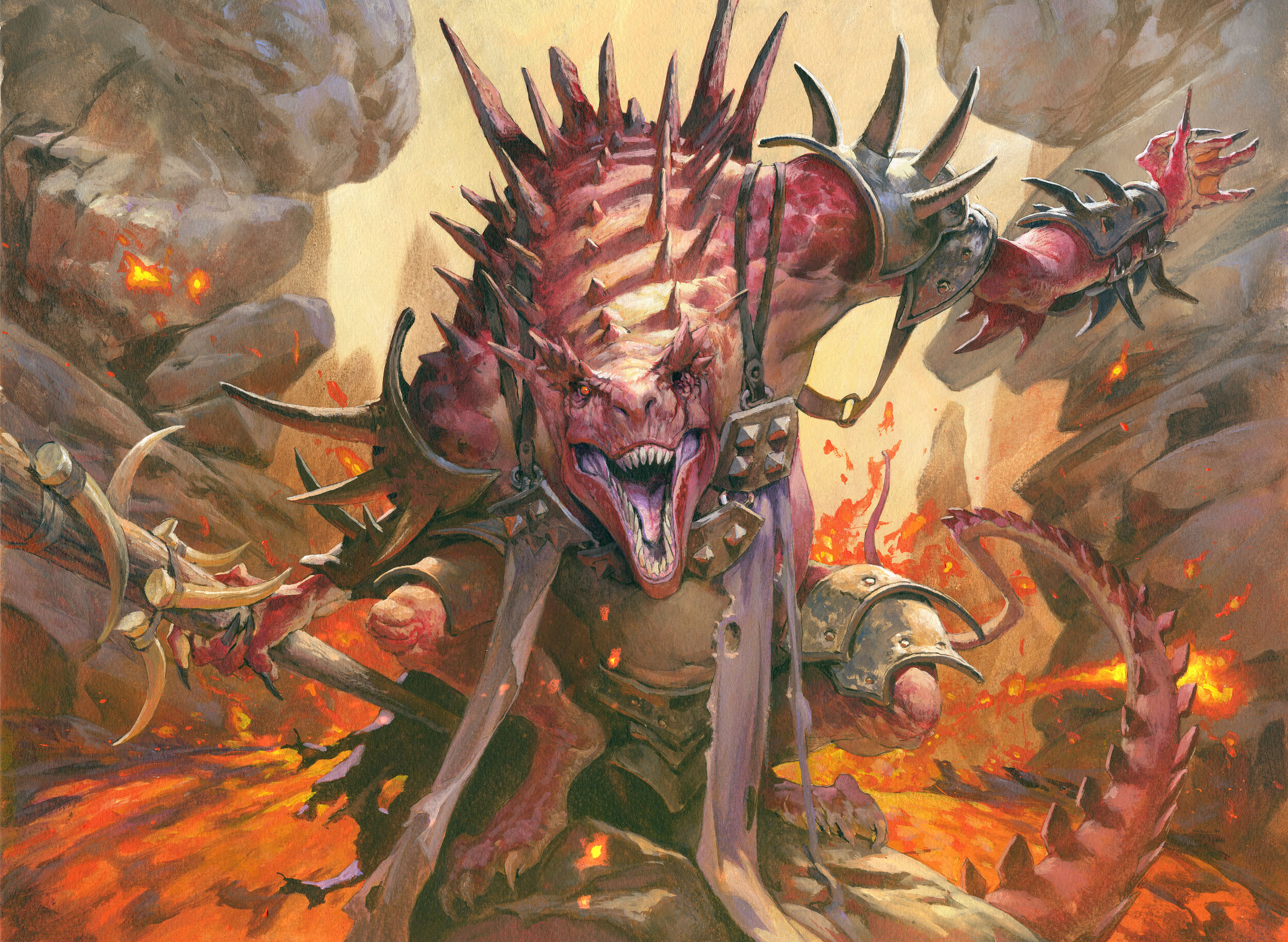
"Being a Magic card artist was a dream for me," said Jesper Ejsing.
That dream came true in 2007, with Ejsing tapped to illustrate five cards featured in that year's Lorwyn expansion: Boggart Loggers
Ejsing's first exposure to Magic was at an RPG convention in Odense, Denmark, where he was studying Danish literature at a local university. Ejsing wasn't alone in seeing the game for the first time: it was 1993, and Magic was in its infancy. "Some guys were playing this strange card game," he said, and his interest was piqued. A few weeks later, a friend of his offered to teach Ejsing the game he later learned was called Magic. "He took me to a bookstore to buy some boosters and a starter deck," he said. "I bought some Antiquities and Arabian Nights boosters to fill out my starter deck, and went home to learn."
His enthusiasm for the game proved to be infectious, and soon enough he'd convinced three more friends to take up the game, with the group buying more cards to supplement their collections. "The store ran out of Arabian Nights boosters and when we asked them when there were more coming of them, they told us they were not gonna be back. All was sold out," he said. "That was when it hit us: this was limited and we bought all we could."
Although his well had run dry, Ejsing said he was able to build a mono-black deck, and at this time, he added, there was no four-card limit for Constructed decks. "I only had one Sengir Vampire
The year after, he was back at the same RPG convention in Odense, and this time, the event was host to a Magic: the Gathering tournament. During the intervening year, the concept of a "format" along with standardized play had begun to solidify, and Ejsing said most players were building and playing under the constraints of a 60-card deck and a four-card limit, as well as restricted cards lists, meaning only one copy was allowed in a deck. Some cards that found themselves on the restricted list in 1994 that no longer are include Berserk
Ejsing entered into the tournament with his mono-black deck, which now featured his "signature card" of Icy Manipulator
But one game specifically from that first tournament stood out to me: an opponent of mine was playing a lockdown deck and had my vampire tapped down with a Meekstone
. We were doing a draw-go situation with none of us able to do the other guy harm, [but] I had him down to four life already from early beatdown. Then I saw my Island of Wak-Wak, a card I only played to neutralize others' Serra Angels. But when it dawned on me that I could use it on my own vampire to be able to untap it, I got such a great feeling, thinking "Ohhhh, this game is insane." And I still remember my opponent's face when I gave my own vampire 0 power in my untap step and untapped it. He, too, never had used Wak-Wak on his own creature before. It sounds stupid today, but back then we were not used to using cards in different ways than they were meant to be used -- the creativity was not there yet.
Today, Ejsing's been a Magic artist for more than 15 years, and he's been a part of numerous design teams, assisting in developing the visual identity for a number of worlds in the game, and he still loves the game as a player, slinging spells whenever the opportunty arises and time allows. Since his first batch of cards in Lorwyn all those years ago, Ejsing's amassed a considerable portfolio of some of the most iconic cards over the past decade. He's provided the art for many Commander staples, including Reliquary Tower
Being an avid player in addition to a veteran artist of the game has provided Ejsing a unique perspective when taking on illustrations. "It helps me on a flavor side I think. I know what a stompy green creature should look like. But mostly I think it helps me in making decisions in creating art," he said. "I ask myself often when starting a new painting: 'is this really a red card, this monster I drew'? 'Nahhh, needs more spikes.'"
An Enchanted Evening
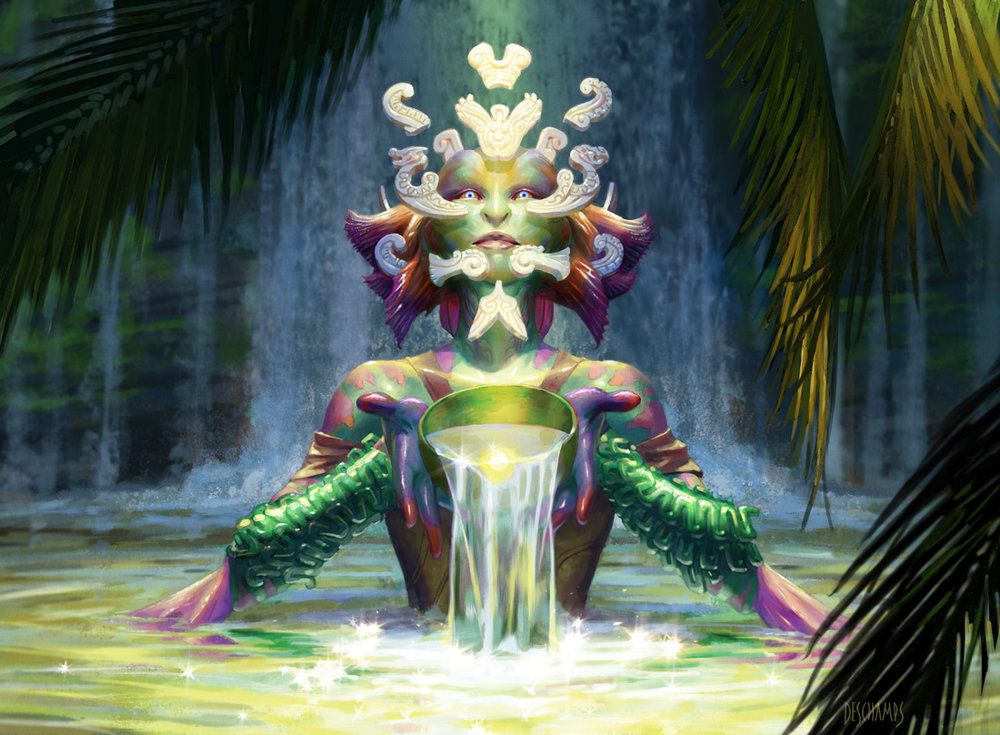
Jesper Ejsing's well-known among Magic artists for being a formidable Commander player.
Currently, his go-to deck is a Tuvasa the Sunlit
Jesper Ejsing's Tuvasa the Sunlit Enchantress
View on ArchidektCommander (1)
Lands (32)
Enchantments (33)
- 1 Abundant Growth
- 1 Aura of Silence
- 1 Carpet of Flowers
- 1 Concordant Crossroads
- 1 Copy Enchantment
- 1 Darksteel Mutation
- 1 Earthcraft
- 1 Enchanted Evening
- 1 Enchantress's Presence
- 1 Estrid's Invocation
- 1 Exploration
- 1 Fertile Ground
- 1 Flickering Ward
- 1 Grasp of Fate
- 1 Kenrith's Transformation
- 1 Land Tax
- 1 Lignify
- 1 Mana Bloom
- 1 Mirari's Wake
- 1 Mirri's Guile
- 1 Omniscience
- 1 Opalescence
- 1 Parallax Wave
- 1 Rancor
- 1 Seal of Primordium
- 1 Seal of Cleansing
- 1 Seal of Removal
- 1 Sigil of the Empty Throne
- 1 Squirrel Nest
- 1 Steal Enchantment
- 1 Sterling Grove
- 1 Utopia Sprawl
- 1 Wild Growth
Artifacts (5)
Instants (8)
Sorceries (4)
Creatures (17)
The deck's gone through many stages, but one thing Ejsing has focused on is allowing for the deck to have no "single, linear way" of winning. He said he wanted the deck to be solely synergistic, and one that could "surprise him" every time he sat down at a Commander table. "This was a reaction to having built and played many decks that bored me after having played them once or twice and just figured that they won the same way all the time," he said. "With this deck, I wanted to build something that would be fun for me to play every time, and one that my opponents would find fun and interesting to play against too, because they would never play against the same win condition two games in a row."
As an Enchantress deck, Ejsing's Tuvasa deck utilizes "Enchantress
The deck also features the classic combo of Earthcraft
Even before Commander was a format, Ejsing said he's always had a close relationship with Enchantress decks. In those days, he was playing a Standard Enchantress deck and noticed a combo with Auratog
There's also the myriad ways Ejsing likes to take advantage of Enchanted Evening
To see Ejsing playing a version of his Tuvasa list, check out his appearances on MTG Muddstah's YouTube channel. During the COVID-19 pandemic, Ejsing played frequently on Muddstah's channel and also appeared on The Command Zone, but said he mostly plays among his private playgroup. Whenever he attends conventions, though, it's with a few Commander decks in tow and always tries to join in on some games. "But to be honest, it is too little playtime going around these days," he added.
Impact Resonance
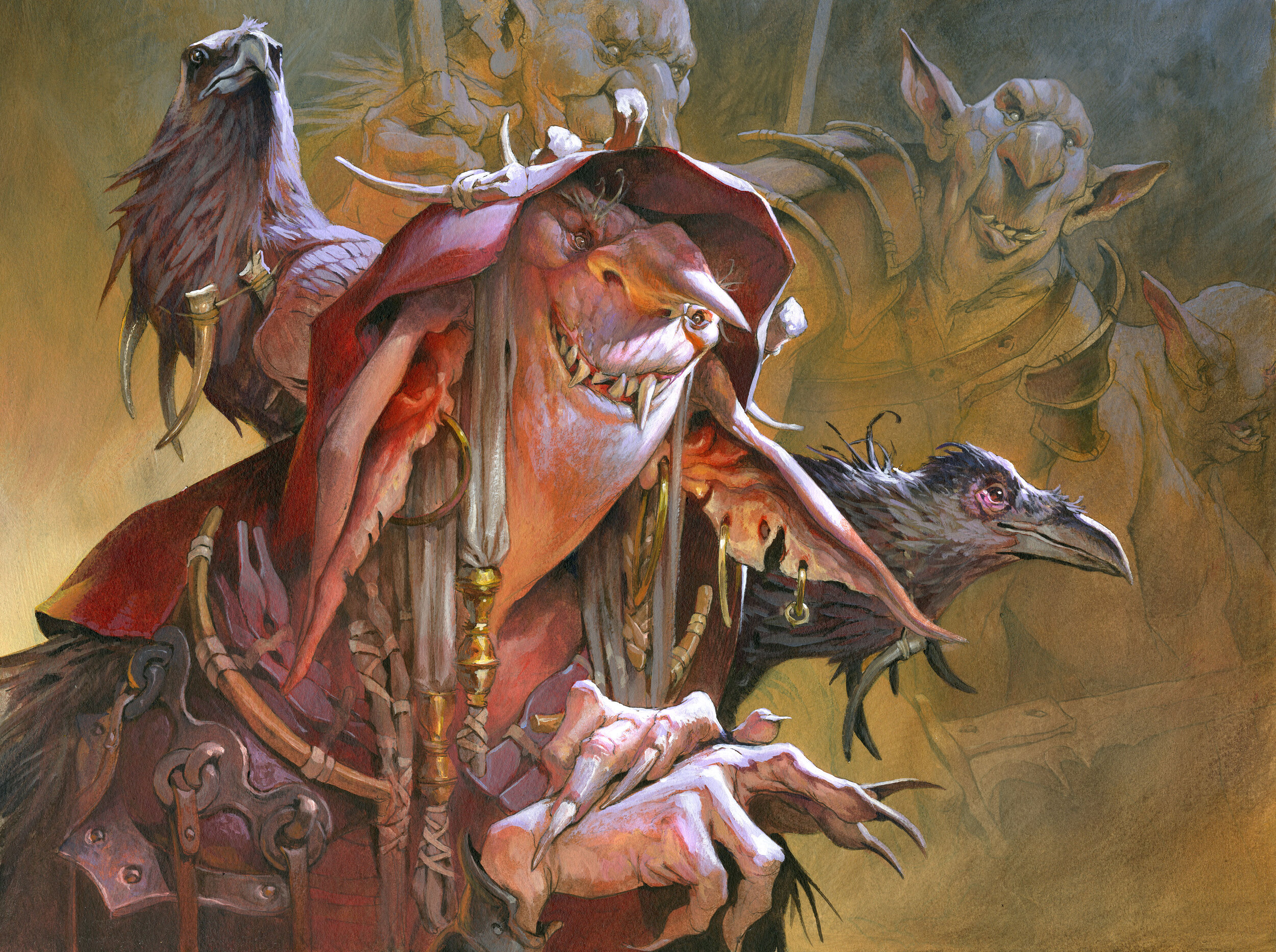
With so many cards illustrated during his career as a Magic artist, Ejsing's got one rule that few Commander players could have: "I always play at least one card I've painted in every deck."
In Tuvasa, there are actually several, he said, from Swords to Plowshares
Being able to put a personal touch on his decks is something that Ejsing is certainly consious of, especially when it comes to foils, showcase treatments, artist proofs, and artist alters. "I hate all of those things," he said. "I am an old-school player and like the first version of a card. Having all these different alternative art versions makes it hard to see what the other players are playing when the card picture on the Necropotence
As an artist and a player, Ejsing said that often, it's not so much that he creates a piece of art for a card and hopes it'll be playable in a deck, but rather the other way around. "When we paint the cards, we almost never know what the card does," he said. "So it's not until the spoiling of the set that I find out if this card I painted is good or bad or if it fits into any deck I am already playing. But sometimes, especially with reprints like Swords
And with so many Ejsing versions out there of cards, he said he's done exactly what one might suspect: "I actually made a Commander deck with All-Ejsing Cards," he joked. "It's a Sek'Kuar, Deathkeeper
To learn more about Jesper Ejsing's art, visit his website. Versions of his art are available for purchase in a number of forms, including playmats, prints, and even mobile phone covers. Ejsing has also published a collection of his fantasy art, titled Elsewhere, that can be purchased here. He can also be found on Instagram.
